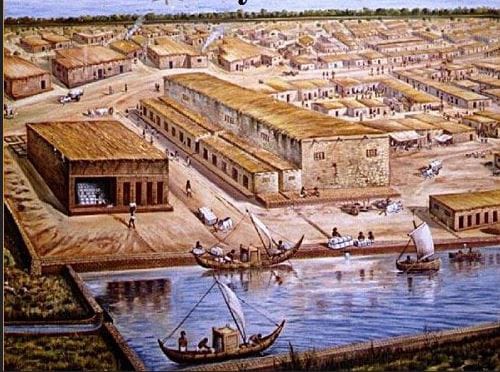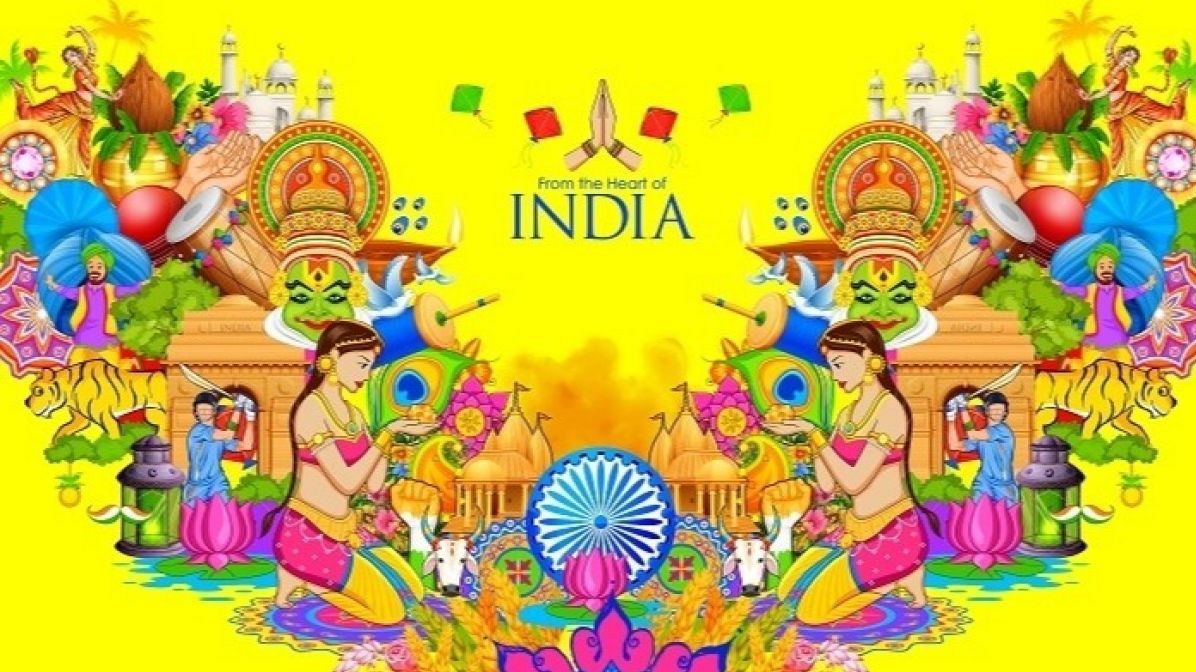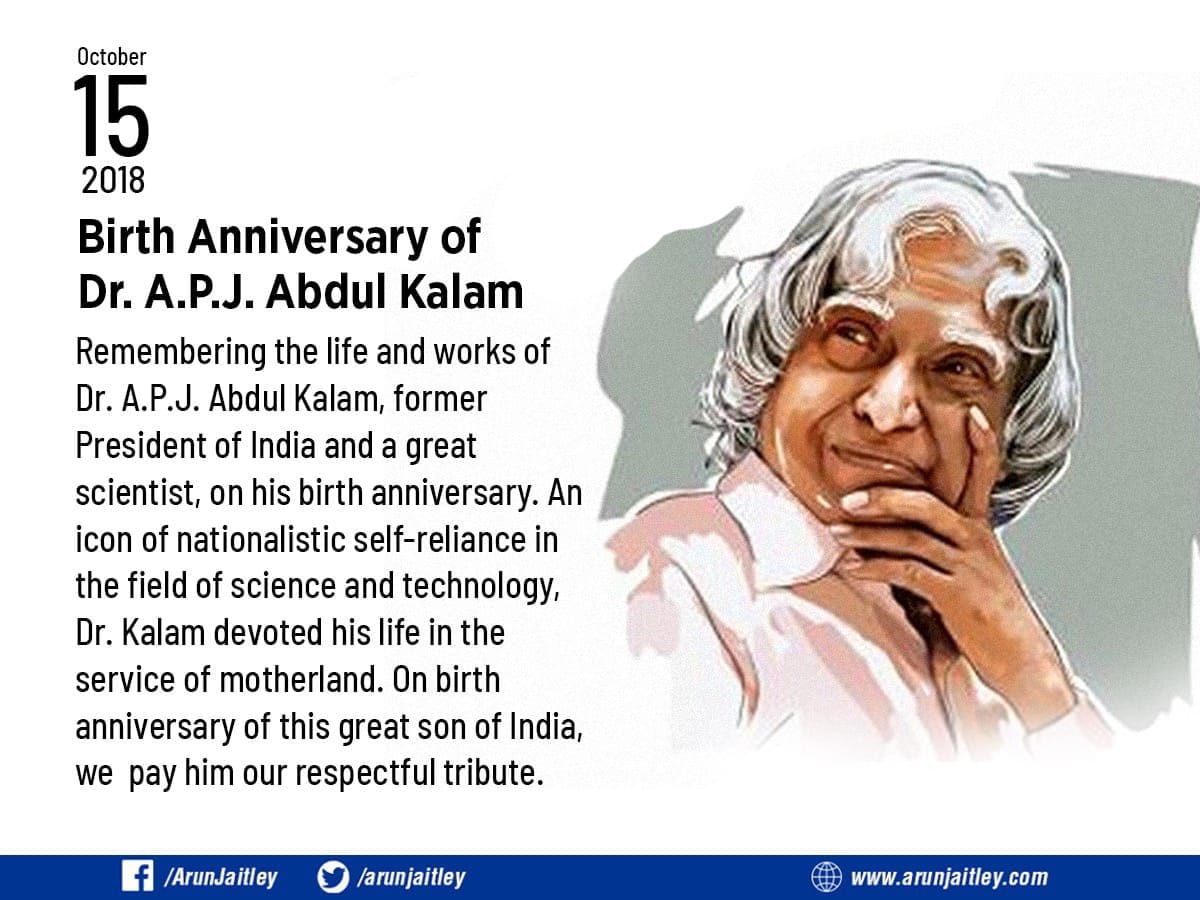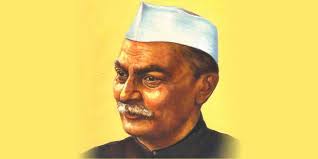Introduction:
The Indus valley civilization is also called the Harappan culture. Harappa was among the earliest cities in the subcontinent to be discovered. Harappa is known to be a 4700-year-old city in the subcontinent that was discovered around the time of 1920. Soon after, the discovery of cities such as Lothal, Dholavira, Mohenjodaro, and Kalibangan, have also come to be known as the Harappan cities or the advent of the Harappan civilization. These Harappan sites have been found around the Indus River, proving the existence of the Indus Valley Civilization.
By around 2000 BC, several regional cultures had developed in the different parts of the subcontinent which were also based on the usage of stone and copper tools. These Chalcolithic cultures which did lay out of the Harappan zone were not that rich in nature and flourishing. These were very rural in nature. The origin and development of these cultures have been placed in the chronological span between 2000 BC–700 BC. These are mainly found in Western and Central India and are described as non-Harappan Chalcolithic cultures.
What was Special about Harappan Cities?
These cities have been divided into two or more parts.
- Citadel: The western part, which was smaller but higher, was called the citadel.
- Lower Town: The eastern part was larger, but the lower part was called the lower town.
There were some special facts about the Harappan civilization:
The walls of baked brick were built around each part of the city. The bricks were so excellently baked that they survived centuries. The walls were laid in an interlocking pattern, making the buildings strong. In several cities, special structures were constructed on the citadel. For instance, in Mohenjodaro, a very special tank, called the Great Bath, by historians, was built in this area. Some towns like Mohenjodaro, Harappa, and Lothal had elaborate storage facilities.
Trading network both internal and external was a very important feature of the urban economy of the Harappans. As the maximum urban population had to depend on the surrounding countryside for the supply of food and other necessary products, there did emerge a village-town interrelationship. Both were interdependent on each other for their own benefit. The urban craftsmen needed different markets to sell their goods in some areas. It led to contact between different towns. The traders also made sure to establish contacts with foreign lands, particularly Mesopotamia, where these goods were in demand.
It is important to note that different kinds of metals and precious stones were needed by craftsmen to make goods, but as these were not readily available in the local market, they had to be brought from outside. The presence of such raw materials found at sites away from the place of their origin, n indicates that they must have reached there through an exchange activity. Thus, the Rajasthan region is rich in various copper deposits and the Harappans acquired copper mainly from the Khetri mines which were located here. Kolar gold fields of Karnataka and the river beds of the Himalayan rivers might have supplied some of the gold there. The source of silver may have been the Jwar mines of Rajasthan.
Houses, Drains, and Streets:
Almost all the houses had separate bathing areas, and many had wells to deliver water. Most of those cities had covered the drains. Each drain had a gentle slope to allow the water to flow through it. The drains in the houses were linked to the roads and smaller drains, which eventually led to larger ones. All three of them, i.e. houses, drains, and streets were designed and constructed at the same time.
In Search of Raw materials:
Raw materials are products that are either naturally found or produced by farmers or herders. Raw materials are processed for the production of finished goods. The raw materials used by the Harappans were locally available. Although other materials such as copper, tin, gold, silver, and precious stones were brought from far away.
The Harappans probably brought copper from areas of Rajasthan, and Oman in West Asia.
Tin, which was combined with copper to produce bronze, was carried from areas of Afghanistan and Iran.
The Mystery of the End:
About 3900 years ago, we discovered the start of a major change. People stopped residing in a lot of cities. Harappan seals and weights were not used. Raw materials carried from long distances were becoming rare. In Mohenjodaro, we find that the garbage piled up on the streets, the drainage system broken, and new, less remarkable houses were constructed over the streets.
We’re not sure why this happened. Some research shows that the rivers had dried up. Others indicate that there has been deforestation. There were floods in some areas. But neither of those reasons could explain the end of all the cities. It also seems as if the rulers had also lost control. Sites in Sindh and West Punjab (presently Pakistan) have been abandoned, while many have relocated to newer, smaller settlements to the east and south.
Written by Ananya






